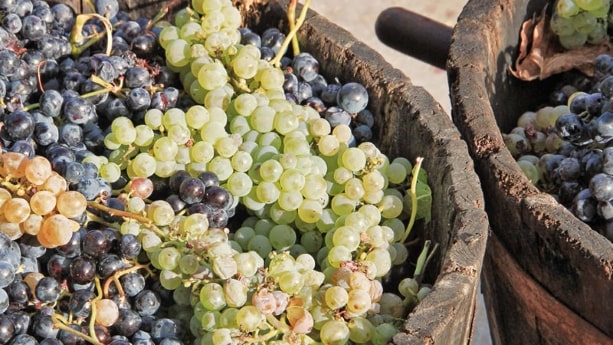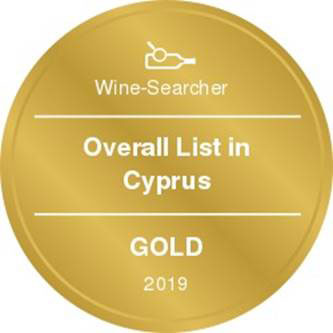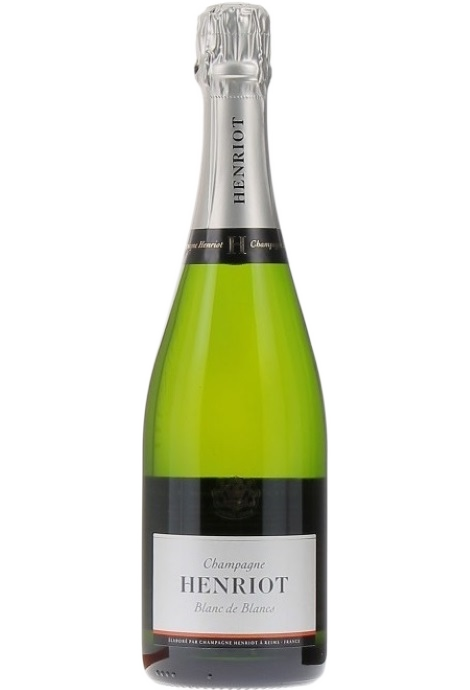Grape Varieties: 70% - 80% from Grand Cru et Premier Cru grapes 100% Chardonnay 40% reserve wines
In 1880, when Paul Henriot, 4th generation of the family, married Marie Marguet, a family owner of Grands Crus in the Côte des Blancs, a new grape variety joined Maison Henriot’s vineyard: Chardonnay. In order to pay tribute to it, the Henriot family decided to make a Champagne with the same blending philosophy established by Apolline Henriot in 1808. Henriot Blanc de Blancs is thus a blend of all the vineyards planted with Chardonnay, expressed through different periods of life.
Tasting Notes: Reveals an exceptionally fresh minerality, enhanced by the significant proportion of reserve wines, with the promise of excellent cellaring potential. The nose expresses freshness with delicate citrus fruit and white-fleshed peach notes. The freshness continues on the palate with great clarity as the lemon hint continues and melts into notes of buttery brioche. Beautiful length and wonderfully rounded in the mouth.
Food Pairing: Pork, Rich fish (salmon, tuna etc), Shellfish, Mild and soft cheese
Click here for Data Sheet

For orders below €100,00 delivery charge €10,00 within city limits

26% of vineyards in Champagne are planted with Chardonnay and it performs best on the Côtes des Blancs and on the chalk slopes south of Epernay. It is relatively simple to grow, although it buds early and thus is susceptible to spring frosts. It produces lighter, fresher wines than those from Burgundy and gives finesse, fruit and elegance to the final blend. It is the sole grape in Blancs de Blancs, which are some of the richest long-lived Champagnes produced.
Pinot Noir accounts for nearly 40% of the plantings in Champagne and lies at the heart of most blends - it gives Champagne its body, structure, strength and grip. It is planted across Champagne and particularly so in the southern Aube district.
The final component is Pinot Meunier and this constitutes nearly 35% of the plantings. Its durability and resistance to spring frosts make the Marne Valley, a notorious frost pocket, its natural home. It ripens well in poor years and produces a soft, fruity style of wine that is ideal for blending with the more assertive flavours of Pinot Noir.
 +357 25 76 06 08
+357 25 76 06 08














